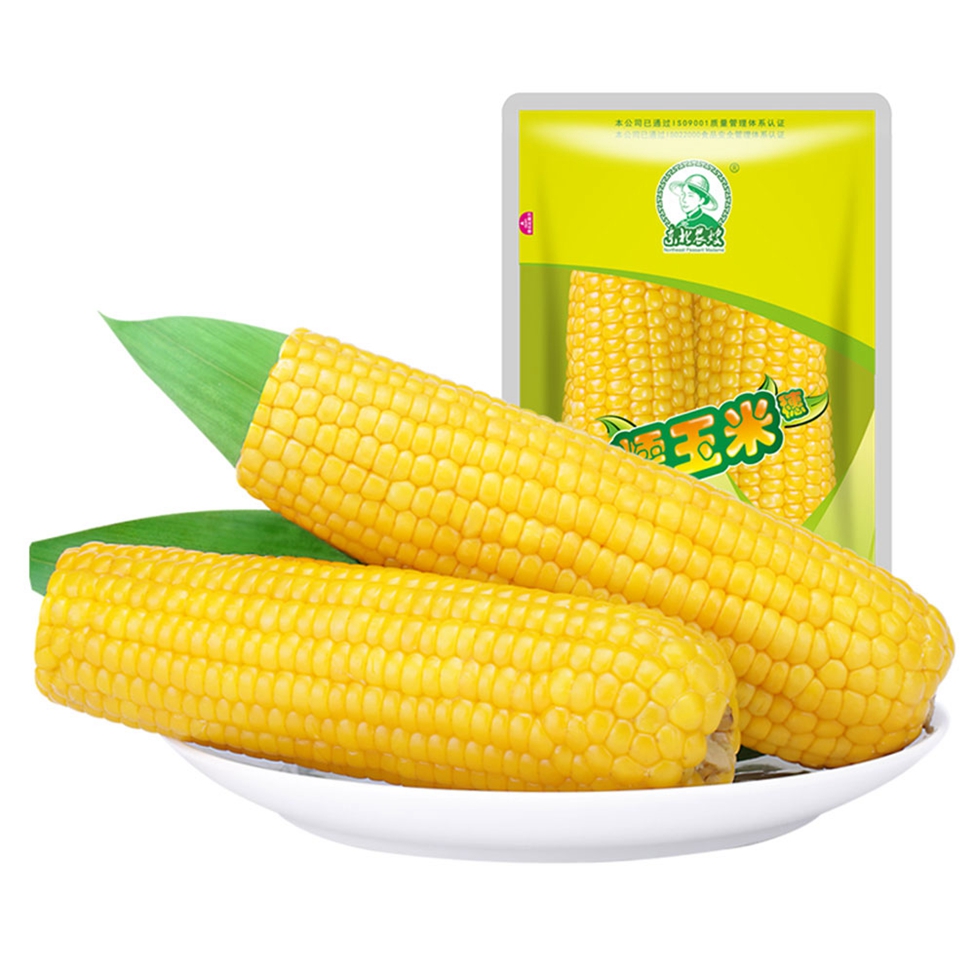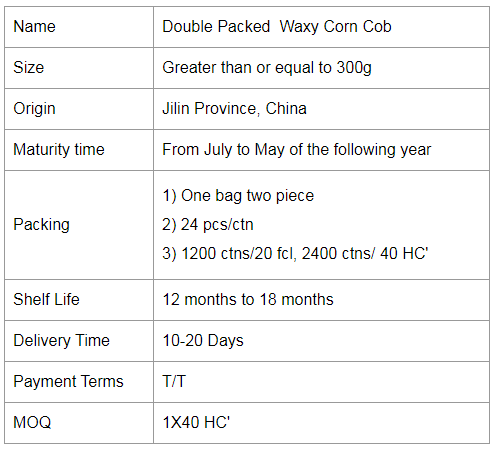Body shape and appearance
High-yielding dairy cows have obvious milk characteristics, with clear head, wide eyes, wide mouth, large nostrils, even breathing, fine neck, straight back, strong limbs, no lying, soft skin, and elasticity. Capillary and lustrous, narrow in shape, wide in front, wide in abdomen, trapezoidal, breasts like bathtub, extension and extension, compact attachment, thick milk veins, well-developed curves, well-integrated body parts, large and deep milk well, high body height 1.4 meters above body length 1.7 meters.
Feeding and rumination
High-yielding dairy cows had longer feeding and ruminating time than low-yield dairy cows, and had more rumen peristalsis. They chewed about 60 times per minute after rumination. Therefore, when arranging production, high-yield dairy cows should be provided with adequate rest time and comfortable environment to ensure normal rumination, otherwise they will disturb their digestive function, resulting in a decline in the milk production of dairy cows and adverse health consequences.
Drinking water
High-yielding dairy cows not only drink water for a long time, but also have a large amount of drinking water and a large number of times. Each cow feeds 50 to 70 kg of water every day and night.
Rumen motility and digestion
The cow's rumen is generally made to move in a fixed manner, and the rumen of a healthy cow shrinks once or twice a minute. This contraction can mix the feed in the rumen. The more the number of rumen peristalsis, the more active the digestive function, indicating that the burden on the digestive organs of dairy cows is heavier. High-yielding dairy cows have a limited number of protein biosynthesis in the rumen, and protein degradation in feed diets alone cannot meet lactation requirements, but must also supply sufficient rumen non-degradable proteins, such as Campbell biologicals, feed enzymes, calcium fatty acids, etc. . Therefore, high-yielding dairy cows have higher physiological requirements than ordinary dairy cows.
Digestion and defecation
High-yielding dairy cows have large feed intake, high metabolism, and excrete large amounts of feces and urine daily. The transport and excretion of these wastes depends on the function of the circulatory system. High-yield dairy cows have long defecation time, large fecal output, and relatively thin stools. Daily excretion amounts to 38 kg-49 kg and urine output ranges from 40 kg to 68 kg.
Nutritional transformation ability
High-yielding dairy cows can effectively digest and absorb the nutrients of various feeds. In the milk production process, the ability to feed nutrients to the mammary glands into cattle is particularly high, and low-yielding cows have such poor ability.
Milking speed
High-yielding dairy cows have looser nipples than low-yield cows, and milk discharge is faster. High-yielding dairy cows produce 30%-50% more milk per day than low-producing dairy cows. Therefore, the daily milking time is longer than that of low-producing dairy cows.
Neuroendocrine characteristics
The high frequency of neuroendocrine activity of high-yielding cows, the reflection of pituitary secretion of prolactin is stronger, the milking time of cows is longer, the milk yield is high, and the milk production curve is stable.
Several biochemical indicators
The serum total protein, globulin content and blood glucose content of high-yield dairy cows were significantly higher than those of low-yield cows, and the differences were extremely significant.
Liver function
The liver is the largest gland of dairy cows and is an important metabolic organ. It is involved in the production of hormones, vitamins, and immune antibodies. The liver is a detoxification organ, and the secreted bile is involved in the digestion and absorption of intestinal contents.
The burden on high-producing dairy cows is very heavy. Therefore, in addition to producing large quantities of good quality milk, it must also have a healthy physical condition, a strong appetite, a well-developed digestive system, a lactating organ and a powerful metabolic function. In addition, it should also have the following indicators: high milk production, a milk production period should be 7500 kg -8500 kg, dairy cows should be about 9000 kg during lactation; milk quality, milk fat rate of 3.4% - 3.5%, milk protein rate 3% -3.25%; normal reproductive function; no metabolic disease.
Double Packed Yellow Waxy Corn Cob
The most common waxy and sweet corn market, waxy corn nutrient content is higher than ordinary corn, contains 70-75% starch (and almost all amylose), more than 10% protein, 4-5% fat and 2% multivitamin, has more grain, VA, VB1, VB2 than rice protein, fat and VB2 highest content. Yellow corn also contains carotenoids like rice and wheat. The molecular weight of glutinous corn starch is more than 10 times smaller than that of ordinary corn. The starch makes glutinous rice sticky and soft, which is softer than that of ordinary hard corn. It has more than 20 percent more digestibility than regular corn and is suitable for people with irregular teeth. At the same time, the amylose (a polysaccharide) content is very high, not suitable for diabetics.
Waxy corn is also called sticky corn. The grain has a coarse, waxy endosperm that resembles a glossy, transparent grain, such as a hard, dented corn. Its chemical and physical properties are controlled by a recessive gene located on chromosome 9. 100% of the starch in the endosperm is amylose.



Glutinous Corn,Yellow Corn Cob,Corn On The Cob,Double Packed Yellow Waxy Corn Cob
Jilin Province Argricultural Sister-in-law Food Co., Ltd. , https://www.nongsaocorns.com
